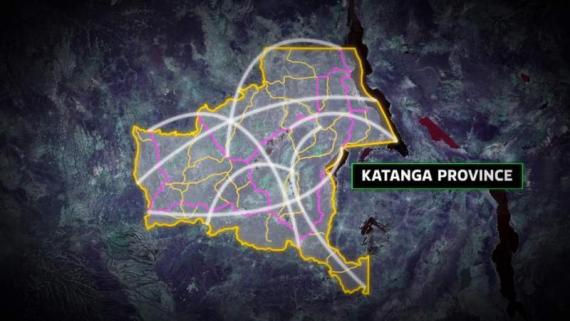
How Maps Could Help Fight Ebola
SKY NEWS Oct. 0, 2014
By Tom Cheshire, Technology Correspondent
LONDON -- Better maps could have helped contain the deadly Ebola virus, according to Medecins Sans Frontieres.
Ivan Gaytan, technology advisor to MSF, told Sky News the disease is "preventable" and could have been "easier to contain" if there was more knowledge of the region.
He said: "In any country where Ebola or any other infectious disease arrives, if you already have a good map which actually reflects the way people describe geography, you set up your clinical activities to take that data in the first place in the right way."
MSF, also known as Doctors Without Borders, will launch a project next month called Missing Maps, which lets anyone, anywhere in the world, annotate maps to show dwellings and infrastructure.
Recent Comments